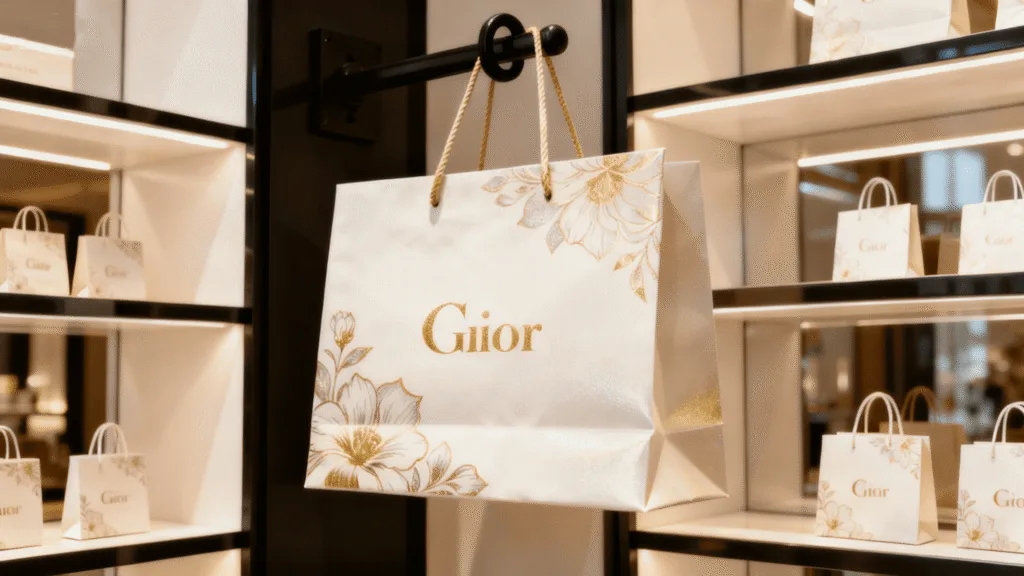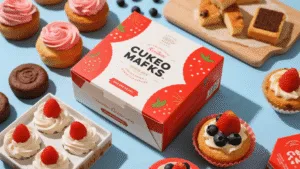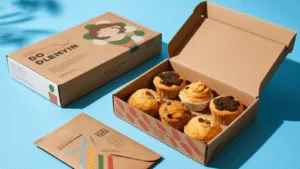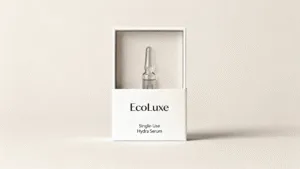Your coated paper bag looks plain and fails to stand out. This generic packaging doesn’t reflect your brand’s quality, leaving customers feeling underwhelmed and forgetting your brand the moment they walk away.
To make coated paper bags sell, combine high-resolution offset printing with tactile finishes like hot foil stamping or embossing. These premium details transform a simple bag into a memorable brand experience that communicates quality and justifies a higher price point.
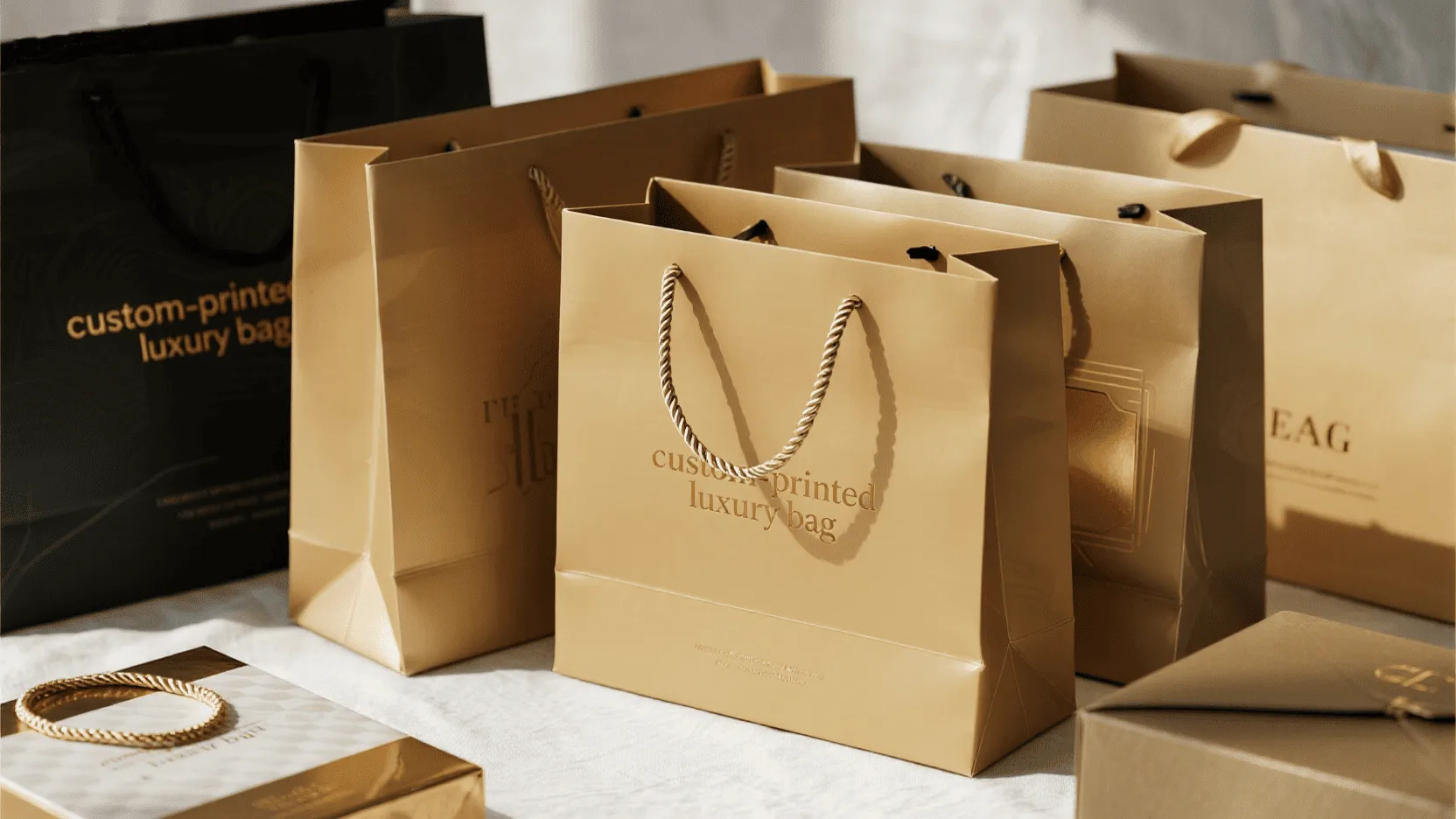
I once worked with a promising cosmetics startup. They had a fantastic product but their initial packaging was a standard glossy coated bag with just their logo printed on it. It was functional but forgettable. During a consultation, I showed them a sample with a matte lamination, their logo in a glossy Spot UV, and the handles made of a soft, thick grosgrain ribbon. The difference was immediate. The founder held it and said, "This feels like our brand." They switched their design, and their customers started posting photos of the bag on social media. That’s the power of premiumization; it turns a container into a conversation piece.
What Printing Method Is Best for Coated Paper Bags?
Your beautiful design looks blurry and faded on the finished bag. This poor print quality undermines your brand’s credibility and makes your entire product line feel cheap, erasing all your hard work on product quality.
For coated paper bags, litho-offset printing is the superior choice. It delivers exceptional color accuracy, sharp detail, and consistent results across large runs, making it ideal for reproducing complex logos and high-quality imagery perfectly.
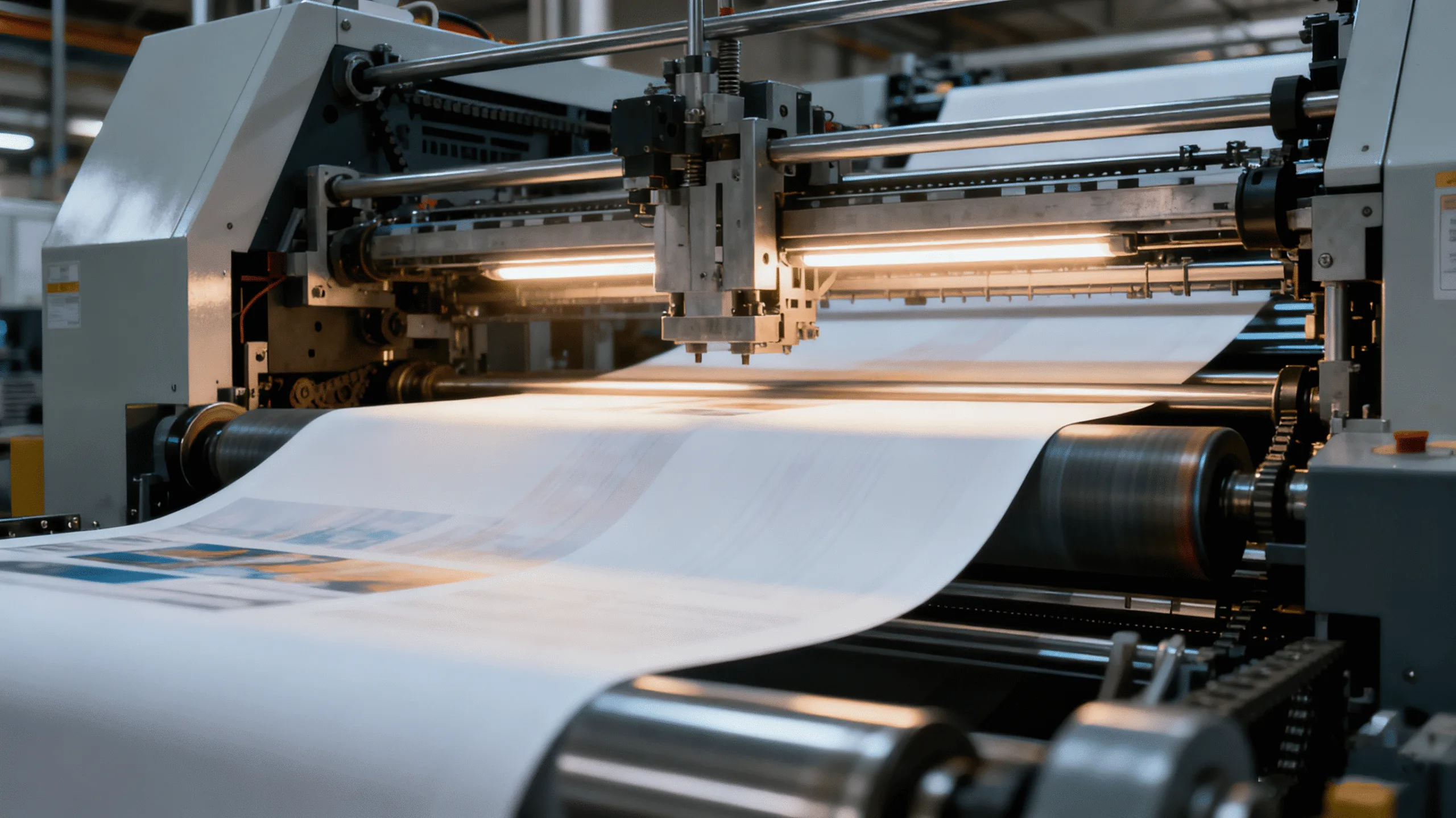
The smooth, non-porous surface of coated paper is what gives it that clean, professional look, but it also demands a specific type of printing to get the best results. While other methods exist, offset printing consistently provides the crispness and color depth that premium brands expect. It works by transferring ink from a plate to a rubber blanket, and then to the paper. This indirect process allows for incredibly fine detail and rich, saturated colors that pop on coated stock. It’s the industry standard for high-volume, high-quality projects for a reason. When a client comes to us with intricate artwork or a specific Pantone color they need to match for their custom paper bags, offset is almost always my recommendation. It ensures the final product looks exactly like the digital proof, maintaining brand integrity across thousands of units.
Comparing Printing Options
For bulk orders, the quality and cost-effectiveness of offset1 are unmatched. Digital printing can be great for small, fast-turnaround jobs, but for a large-scale production run of premium bags, it often can’t compete on price or finish quality. Flexography is a workhorse for simpler designs on materials like kraft paper, but it struggles to achieve the fine detail required for luxury coated bags.
| Printing Method | Best For | Quality on Coated Paper | Cost-Effectiveness (Bulk) |
|---|---|---|---|
| Litho-Offset | High-volume, complex designs | Excellent, sharp detail, superior color | Very High |
| Digital Printing | Low-volume, variable data | Good to Very Good, but can lack depth | Low |
| Flexography2 | Simple designs, uncoated paper | Fair to Good, less detail | High (for simple designs) |
Which Finishing Techniques Add the Most Perceived Value?
Your bag is printed nicely, but it feels boring and lifeless. It lacks that special touch that makes customers feel they’ve purchased something truly premium, blending in with every other bag on the street.
Hot foil stamping, embossing, and Spot UV finishing add the most perceived value. These techniques engage the sense of touch and create a stunning visual contrast, immediately signaling luxury and high quality to the customer.
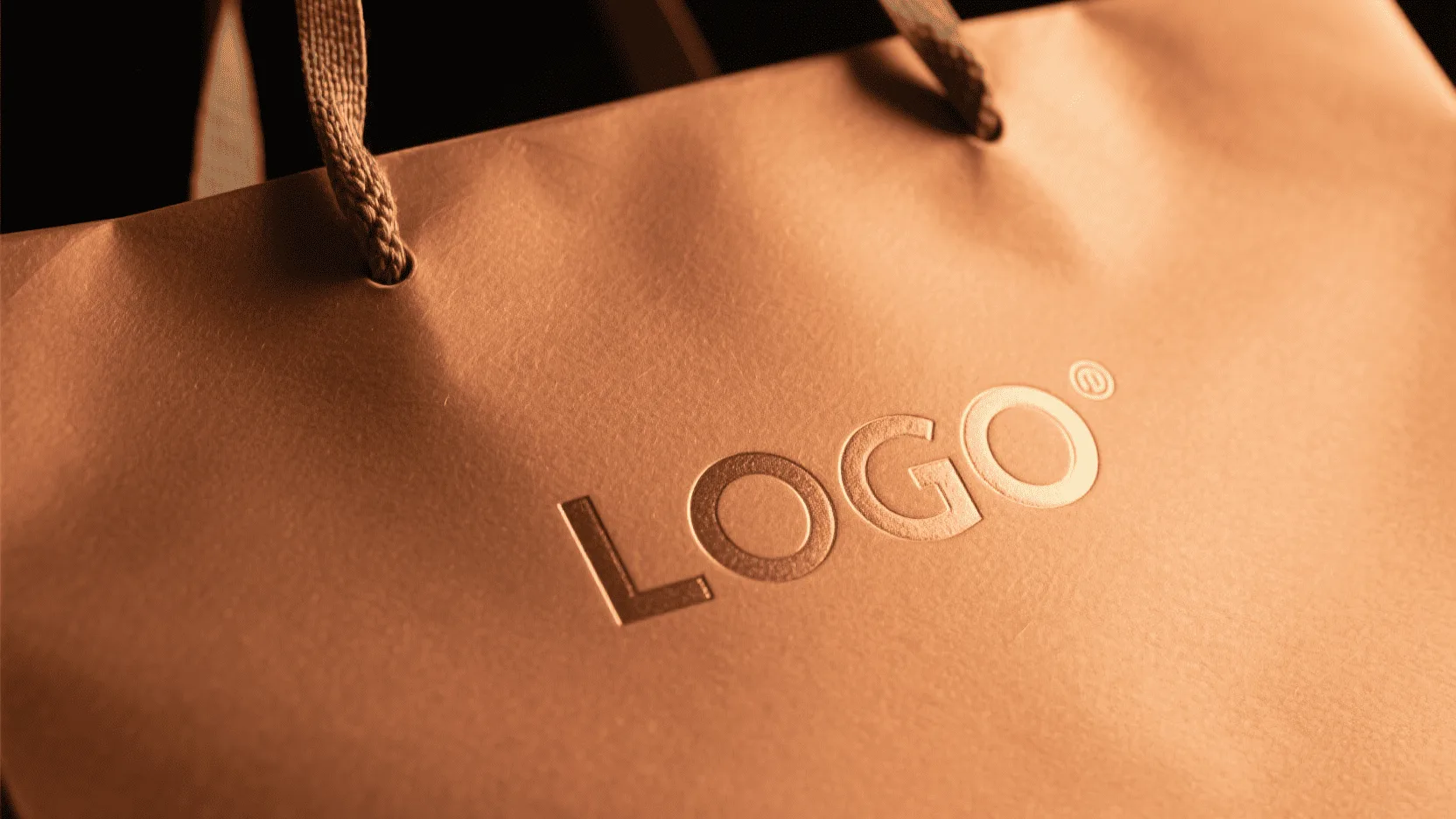
Printing is only the first step. The real magic of premiumization happens in the finishing touches. These are the details that customers can see and feel. When someone runs their thumb over an embossed logo or sees the glint of foil, it creates a subconscious connection to quality. For our clients in high-end sectors like jewelry packaging or cosmetics, these finishes are not optional; they are a core part of the brand experience. The goal is to create a bag that feels too good to throw away. It becomes a keepsake, extending the life of your marketing message long after the initial purchase. A great finish makes the bag itself part of the gift.
A Closer Look at High-Impact Finishes
- Hot Foil Stamping1: This process uses heat and pressure to apply a metallic or pigmented foil to the paper. Gold, silver, and rose gold are timeless choices, but you can also use holographic foils for a modern, eye-catching effect or solid color foils for a bold, matte look. It adds a touch of pure opulence.
- Embossing & Debossing2: Embossing creates a raised, 3D effect on your logo or pattern, while debossing creates an indented impression. It’s a subtle, elegant technique that adds a sophisticated, tactile quality without needing extra color. A "blind" emboss (without ink or foil) is the definition of minimalist luxury.
- Spot UV: This involves applying a high-gloss UV coating to specific areas of the design, which are then cured with ultraviolet light. The most dramatic effect comes from using it on a bag with a matte lamination. The contrast between the smooth matte background and the shiny, slightly raised Spot UV element is visually striking and begs to be touched. This is a favorite technique for modern cosmetic packaging.
How Do You Combine Print and Finishes for a Cohesive Design?
You’ve added multiple finishes, but the final design looks messy and overwhelming. Instead of looking luxurious, your bag seems cheap and poorly planned, confusing the customer and diluting your brand message.
Create a cohesive design by choosing one focal point, like your logo, to highlight with a special finish. A minimalist approach is key; use finishes to complement the print, not compete with it, ensuring a sophisticated and uncluttered look.

The biggest mistake I see is what I call "over-designing." A truly premium design is intentional and confident. It doesn’t need to shout; it speaks clearly. When we design gift bags, the first question I ask is, "What is the one thing you want the customer to remember?" Often, it’s the brand name or logo. That becomes our focal point. Everything else in the design should serve to elevate that single element. For example, a deep navy blue bag with a matte lamination provides the perfect canvas. We then add the company logo in a crisp, elegant gold foil. The design is simple, but it is incredibly effective. It communicates quality and sophistication without any clutter. The key is restraint. Premiumization is about strategic enhancement, not just adding more layers for the sake of it.
Strategic Design Principles
- Establish a Hierarchy1: Use your finish to guide the customer’s eye. The most important element—your logo or brand name—should get the special treatment. This creates a clear visual path and reinforces brand recognition.
- Leverage Contrast2: The power of a good finish is often in its contrast with the base material. A glossy Spot UV logo on a matte bag, a metallic foil on a solid color, or a blind emboss on a textured paper all create a dynamic interplay that is both visually and tactilely engaging.
- Ensure Brand Alignment: The finishes you choose must match your brand’s personality. A whimsical, fun brand might use a bright, holographic foil. A traditional, heritage brand might opt for a classic blind emboss. The design choices should feel like a natural extension of your brand’s story.
Conclusion
A coated paper bag is more than just a way to carry a purchase; it’s a mobile billboard and a key part of the customer experience. By combining high-quality offset printing with strategic, tactile finishes, you can create a bag that not only sells your product but also sells your brand.
Ready to design a coated paper bag that leaves a lasting impression? Explore our custom paper bag solutions or contact our team to bring your vision to life.
FAQ
What is the main difference between coated and uncoated paper?
Coated paper has a sealant applied to its surface, making it smoother, less absorbent, and better for producing sharp, vibrant printed images. Uncoated paper has a more natural, textured feel and is more porous, which can result in softer, more subdued colors when printed.
Is Spot UV a durable finish?
Yes, the UV curing process makes the glossy coating very hard and durable. It’s resistant to abrasion and moisture, making it a great way to protect the area it covers while adding a premium look.
Can you combine embossing and foil stamping?
Absolutely. This technique is called combination stamping or foil embossing. It involves a process that applies foil and embosses an image in a single step, creating a raised, metallic finish that is incredibly luxurious and high-impact. It is a premium option perfect for making a logo stand out.

